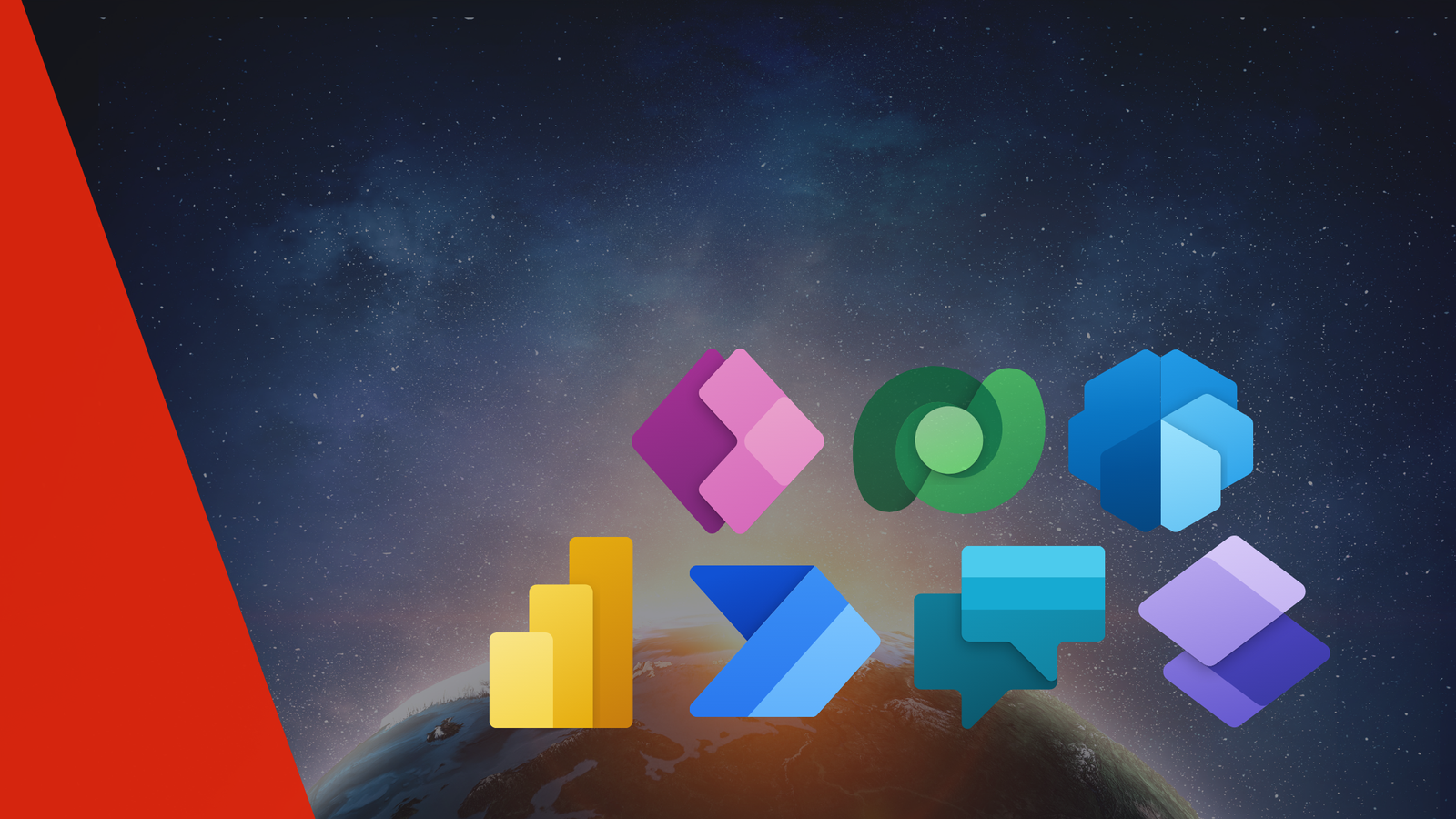
In the fast-paced, ever-evolving world of technology, Microsoft’s Power Platform stands as a beacon of innovation, offering a dynamic suite of tools designed to revolutionize how businesses operate. In this blog, we unravel the genesis and evolution of Power Platform.
What is Power Platform?
Microsoft’s Power Platform is a comprehensive suite of business application tools designed to empower organizations to analyze data, build solutions, automate processes, and create virtual agents seamlessly. This innovative platform is crafted to enable both technical and non-technical users to execute complex business tasks with minimal coding experience, promoting efficiency, flexibility, and innovation.
Core Components of Power Platform
1. Power BI: Power BI is a powerful analytics tool that transforms raw data into meaningful insights, enabling organizations to make informed, data-driven decisions. Users can create visually compelling reports and dashboards, share insights across the organization, and embed them in an app or website.
2. Power Apps: Power Apps facilitates the rapid development of custom apps with minimal coding. Users can create apps tailored to specific business needs, enhancing internal processes, and customer engagement. Its intuitive interface allows for the seamless integration of complex business data from various sources, offering a holistic view and operational efficiency.
3. Power Automate: This component is designed to automate workflows between apps and services, helping to sync files, get notifications, collect data, and more. Power Automate simplifies repetitive tasks and processes, enhancing organizational efficiency, accuracy, and productivity.
4. Power Virtual Agents: Power Virtual Agents enable organizations to create powerful chatbots that can engage with customers and employees, answer questions, and perform tasks. These AI-driven bots enhance user experience, streamline operations, and can be deployed across multiple channels.
The Journey of Evolution
The genesis of what we now know as the Power Platform can be traced back to January 2003 with the launch of Microsoft CRM 1.0. Originally intended as a solution for sales representatives to manage accounts, contacts, and programs, it paved the path for a more extensive platform.
The Transition to XRM
With continuous enhancements, the platform burgeoned, encapsulating more than its core sales and customer service capabilities. The emergence of low-code functionalities attracted a myriad of departments eyeing customization and expansion. Dynamics CRM transcended its initial scope, giving rise to the concept of “XRM” – a platform where ‘X’ represented a variable encompassing various applications.
Birth of Power Apps and Dataverse
November 2015 marked a significant milestone with the introduction of Power Apps, offering low-code capabilities devoid of the traditional sales/service features. It provided the flexibility for organizations to create customized applications, tables, automations, and reports, catalyzing their digital transformation journey. Underpinning Power Apps is Microsoft Dataverse, a secure and scalable database.
Integration and Automation
The evolution didn’t stop there. The advent of Data Connectors facilitated seamless integrations with a plethora of systems, rendering unprecedented automation and cross-system analytics. This development expanded the Power Platform’s horizon, enabling businesses to build intuitive user interfaces and automate tasks across applications.
AI Integration
Power Platform embraced artificial intelligence, augmenting its automation capabilities. AI Builder introduced pre-built AI models, enabling businesses to extract and analyze text from documents, understand sentiments, predict outcomes, and much more. This integration amplified the efficiency and productivity of applications.
Why Power Platform?
1. The Integrated Ecosystem
Power Platform is known for its integrative ecosystem. It not only connects its native components seamlessly but also integrates with hundreds of other apps and services, including Microsoft 365, Dynamics 365, Azure, and third-party platforms. This interconnected ecosystem ensures that businesses can access, analyze, and act upon their data across various applications effortlessly.
2. Security and Compliance
In the era of data sensitivity and privacy, Power Platform prioritizes security and compliance. It adheres to more than 350 global, industry-specific, and regional certifications and offers a robust set of security features and activities. These are designed to safeguard data integrity, confidentiality, and availability, instilling confidence in organizations to operate securely.
3. Empowering Innovation
By offering a platform where data analysis, application development, process automation, and virtual agents converge, Power Platform enables organizations to foster a culture of innovation. It breaks down silos, encourages cross-functional collaboration, and accelerates digital transformation. Businesses can adapt swiftly to market changes, customer needs, and emerging trends, ensuring they stay ahead of the curve.
Conclusion
In essence, Microsoft’s Power Platform is not just a set of tools; it is a catalyst for business transformation. It is intricately designed to be intuitive yet powerful, enabling businesses of all sizes and industries to redefine their operational landscape, enhance efficiency, and drive innovation. Every component is engineered with the user in mind, ensuring that technology becomes an enabler, not a barrier, to organizational success and growth.
Curious about how you can transform your business with the Power Platform? Reach out to us at info@powerx365.com. Unleash the potential, and let’s embark on this transformative journey together.
Comments are closed.